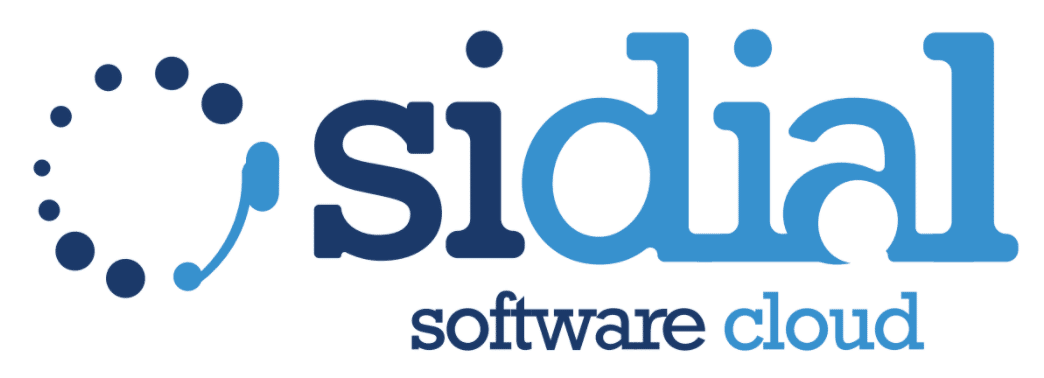In recent years, the call center industry has undergone a profound digital transformation. Companies, whether small or large, now face a strategic crossroads: is it better to choose a cloud-based solution or opt for an on-premise infrastructure?
There’s no one-size-fits-all answer, as both options come with specific advantages and disadvantages depending on the business context, long-term goals, and available resources. In this article, we’ll explore the pros and cons of each model to help you make an informed decision.
What Do We Mean by Cloud and On-Premise Call Centers?
Before diving into the advantages and drawbacks, it’s helpful to clarify what we mean by these two terms.
A cloud call center is an entirely internet-based solution where the technical infrastructure (software, servers, communication tools) is hosted on remote servers managed by an external provider. Companies access all services via a web connection, often through subscription models (SaaS).
In contrast, an on-premise call center is physically installed at the company’s location. In this case, the organization internally manages the hardware, software, and the entire IT system, relying on in-house technical staff for maintenance and updates.
Cloud vs. On-Premise Call Centers: Pros and Cons
Advantages of a Cloud Call Center
Cloud solutions have become increasingly popular due to their flexibility, cost-effectiveness, and rapid deployment. Let’s take a look at the main benefits that make this option so appealing.
One of the key reasons many companies move to the cloud is the lower upfront cost: there’s no need to invest in expensive hardware or permanent software licenses. Additionally, the pay-as-you-go model allows you to pay only for what you actually use. Other significant benefits include:
- Instant scalability: adding new agents or modules takes just a few clicks. This makes cloud ideal for fast-growing businesses or those with seasonal demand peaks.
- Remote access: agents can work from anywhere with an internet connection, supporting remote work and smart working models.
- Automatic updates: the provider handles maintenance, backups, and system upgrades, ensuring maximum security and functionality at all times.
- Simplified integration: cloud platforms easily integrate with CRMs, analytics tools, and enterprise software.
All these factors make management more agile and less dependent on technical constraints, freeing up internal resources from complex and time-consuming tasks.
Disadvantages of a Cloud Call Center
Despite numerous benefits, cloud solutions also come with challenges. It’s important to understand these limitations to assess whether this model truly fits your operational needs.
One of the main concerns is the dependence on internet connectivity. If the network is unstable or underperforming, service quality can be significantly affected.
Here are some of the most relevant drawbacks:
- Less control over infrastructure: without physical access to servers or source code, companies are bound by the provider’s policies.
- Long-term costs: although monthly fees are low, over the years, cloud systems may become more expensive than amortized on-premise solutions.
- Privacy and regulatory compliance: in certain regulated industries (e.g. healthcare, finance), sensitive data may not be allowed on external servers located abroad.
- Vendor lock-in: switching providers can be difficult, especially when proprietary features are involved that are hard to migrate.
In summary, cloud is a flexible and modern solution, but it requires careful consideration of connectivity, data management, and contractual obligations.
Advantages of an On-Premise Call Center
Despite the push toward digitalization, many companies still prefer on-premise solutions—particularly those operating in complex environments with high security or customization requirements.
A major advantage of local systems is full control over the infrastructure. This enables advanced system customization without being limited by external provider constraints.
Here are other reasons why on-premise might be the right choice:
- Sensitive data protection: having data physically stored in-house reassures those with strict regulatory requirements (GDPR, ISO, etc.).
- Lower long-term costs: after the initial investment, management costs tend to stabilize, making the model more sustainable over time.
- High performance: with an efficient LAN, the system can deliver excellent performance without internet connectivity limitations.
- No recurring fees: once licenses are purchased and hardware installed, there are no monthly usage fees.
These benefits make the on-premise model particularly suitable for structured organizations with dedicated IT teams and a long-term vision.
Disadvantages of an On-Premise Call Center
Naturally, managing a call center internally is not without its challenges. In fact, in some cases, it can hinder flexibility and innovation.
A clear drawback is the long implementation time, often due to bureaucracy, hardware procurement, installation, and configuration. Other potential disadvantages include:
- High upfront costs: purchasing servers, PBXs, software licenses, and devices requires significant investment.
- Complex maintenance: skilled technical staff are needed, along with frequent updates and continuous security checks.
- Limited flexibility: modifying the system configuration may require non-immediate technical interventions, especially in legacy environments.
- Remote access challenges: enabling remote work requires well-structured VPNs or remote access solutions, often not included by default.
For these reasons, the on-premise model is best suited for companies with solid internal technical resources and well-established processes.
How to Choose Between a Cloud and On-Premise Contact Center
Choosing between a cloud-based CRM call center and an on-premise one is never absolute: it depends on many factors, including company size, available budget, security needs, scalability requirements, and desired automation level.
If you’re looking for a flexible, customizable platform that adapts to your company’s needs—whether cloud-based or on-premise—you can try SiDial free of charge, the professional software for inbound and outbound call centers.
Request a free demo of SiDial: discover how to optimize every customer interaction, boost agent productivity, and reduce operational costs from day one.

